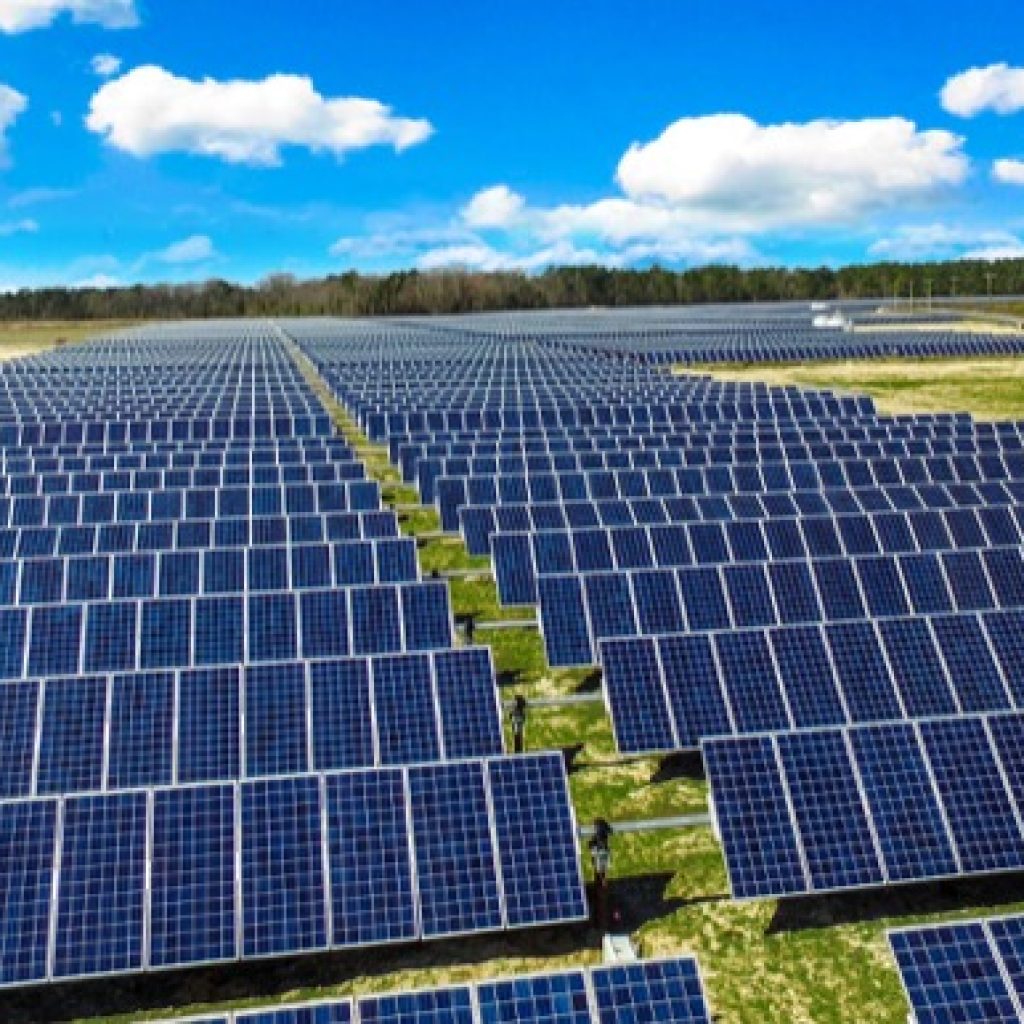In the face of rising energy costs and in light of recent events that have clearly demonstrated the vulnerability of our power grid, many business owners/managers are investigating technologies that allow at least some measure of independence from the grid. The growing popularity of PV solar and wind turbines is a perfect example. After the initial investment, the energy is virtually free, the equipment is good for 20+ years, and it can’t be brought down quite as easily by hackers or natural disasters. It isn’t, however, free of problems.
The biggest problem with wind and solar is their intermittent nature. The wind doesn’t always blow and the sun doesn’t shine around the clock. In fact, days or even weeks can sometimes pass with no sunshine at all. How do you build a reliable source of power when the generation is so inconsistent and unpredictable? That is why so many of these systems remain grid-tied. You get credit for the power produced which reduces your bill but the grid is available to provide a constant source.
If you really want to be grid independent, however, you have to find another way to fill in the gaps. This will either involve a storage system that refills when power is being produced, or an alternative backup source of power.
Stay up to date with energy trends. Subscribe to the Energy Wire Blog Today.
The most common storage system today is battery-based. Excess production is pushed to the batteries where it is available when no power is being generated. This requires that your solar array be large enough to not only power your facility but also to keep a large battery bank charged.
For many, this only needs to be sufficient to ride through temporary grid outages, assuming that whatever problem the local grid is experiencing can be remedied in no more than a day or two. But if your goal is total grid independence, your system must be robust enough to ride through even the longest no-sun or no-wind events. Relying on batteries for this approach is expensive both in terms of equipment costs and in terms of real estate required. To build a system with enough capacity to ride through the worst case scenarios, like a dense fog bank caused by a temperature inversion that might last for weeks, is simply not practical.
So if you’re really committed to solar and self-sufficiency, a less expensive approach is to build a best-case scenario solar system – one that can provide up to 24 hours of power based on a sunny day – and add an efficient backup generation system to fill in the gaps.
One such system is a natural gas turbine cogeneration system. Using relatively inexpensive natural gas for fuel, these systems use a turbine engine to drive a generator that can be called upon whenever your solar/battery system is running low, and because they run on natural gas, they are relatively very clean (compared to coal, diesel or fuel-oil). An added source of efficiency is that they capture the heat that would be wasted in a typical generator in such a way that you can utilize it to heat your building or for other commercial or industrial processes that require heat – absorption chillers, for example.
Because these units provide both usable heat and power, they are referred to as Combined Heat and Power or “CHP” generators. For a more detailed discussion of the benefits of CHP, I’ve linked to this white paper by the International District Energy Association.
CHP units produce fully robust power that can be used directly to power your facility and/or to recharge the batteries in your storage system. While not “renewable,” natural gas is a step in the right direction and a good alternative until renewable technologies can offer the levels of consistency and reliability that are needed. Additionally, many of you might have heard that CHP is only practical in large-scale situations but recent advances in CHP technology have led to the development of much smaller CHP systems suitable across a much larger range of applications.
In fact, if you’re not already committed to solar, I would suggest that natural gas CHP units, by themselves, are a practical and reliable alternative to grid power in many applications. They already have a good track record for reliability and efficient use of a relatively clean fuel. But if the optics of solar panels or wind mills are important to you and if you want to be seen as a renewable energy pioneer, go ahead and build a solar or wind generation system. Natural gas CHP can provide the backup capacity you will need for grid independence at a reasonable price.





